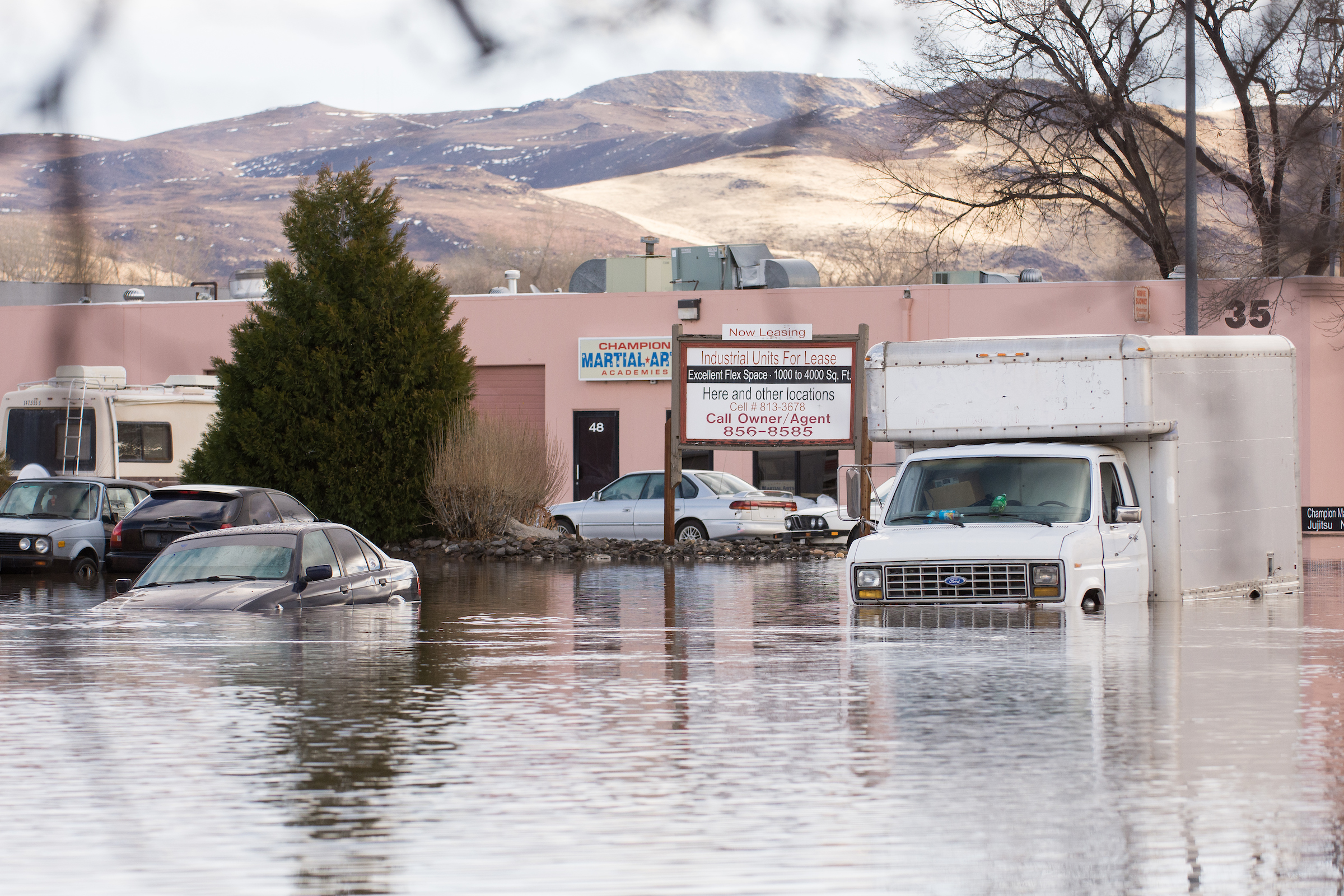Bipartisan disaster mitigation policy can save lives

A December poll conducted by the Pew Research Center showed that only 8 percent of Americans expect improved bipartisanship in the 118th Congress. That low number may appear optimistic, especially if you turn on the fear-mongering on cable news.
It may seem on the surface that House Transportation and Infrastructure Committee Chairman Sam Graves (R-MO) and Rep. Dina Titus (D-NV) have little in common. Despite political differences in a time of heightened partisanship, these two members and many of their colleagues on both sides of the aisle worked hand-in-hand to advocate for the Resilient AMERICA Act.
The bill, which they co-sponsored in the previous Congress, aimed to address disaster resilience issues and expand coverage for hazard mitigation. With the U.S. experiencing 15 climate disasters in 2022 — each incurring losses exceeding $1 billion — meeting these objectives is vital.
And while disasters aren’t going away anytime soon, the current federal response apparatus is more reactionary rather than proactive and preventive, leading to a “wash-rinse-repeat cycle, where communities are rebuilt with the same vulnerabilities as before,” according to President of Taxpayers for Common Sense Steve Ellis.
Outdated mitigation and resiliency strategies force the federal government to spend billions of dollars reacting to disasters. Billion-dollar disasters have increased from an average of 2.9 per year in the 1980s to 16.2 per year from 2016-2022. On a cost-adjusted basis, according to Ellis, the annual cost to taxpayers has jumped from $17.8 billion to $121.4 billion in the same time frame, further burdening taxpayers.
The barrage of hurricanes and inland flooding experienced during the past several years also continues to strain the financial health of the National Flood Insurance Program (NFIP), the only federal program that actively incentivizes people to live in harm’s way. As of May 2022, the NFIP’s debt to the U.S. Treasury is around $20.5 billion dollars, (excluding the forgiveness of $16 billion in 2017). This debt poses a significant strain on taxpayers.
As the frequency of costly disasters has continued to increase over the years, more conversations are occurring regarding the correlation between climate change and increased federal spending. Unfortunately, those conversations have too often caused partisanship and have tended to result in parties retreating to their own corners.
Fortunately, there are common sense, bipartisan solutions that promote pre-disaster mitigation and climate resiliency. These solutions, which one can argue are both progressive and fiscally responsible, are all-too-often overlooked. They aren’t the silver bullet to get the nation to net-zero greenhouse gas emissions nor do they require massive federal investment. Rather, they protect at-risk communities across the United States.
Seemingly modest legislative proposals that encourage federal expenditure on climate resilient construction must be prioritized by policymakers. Legislation such as the Resilient AMERICA Act can, for example, incentivize state and local governments to participate in pre-disaster mitigation. Not only does this better prepare communities, but also, major interruptions to economic sectors such as tourism can be prevented.
Data shows that every $1 invested in pre-disaster mitigation saves up to $13 in federal spending. Investment in pre-disaster mitigation and climate resiliency is a concept gaining traction amidst the rise of billion-dollar weather events and the shortcomings of federal relief. Unmitigated climate change will cost the global economy $178 trillion between 2021 and 2070, according to SmarterSafer’s recent report on resiliency and taxpayer spending.
Public-private and bipartisan cooperation are necessary to make better use of taxpayer dollars and offer increased protection to communities across the United States.
There are other steps that can be taken by the private sector, with little-to-no cost from the federal government. Private insurance companies are uniquely positioned to safely spread risks and absorb more costs, a characteristic which the government can utilize to reduce the financial impact of natural disasters. The global reinsurance industry also has untapped capacity to do more to save taxpayer dollars. In 2017, a year in which hurricanes ravaged the coastal communities, the reinsurance agreement with the Federal Emergency Management Agency (FEMA) returned roughly $1 billion to U.S. taxpayers.
As climate change rapidly evolves from a billion-dollar problem to a trillion-dollar crisis, policymakers must leverage post-disaster taxpayer dollars for pre-disaster mitigation. This philosophy is growing in popularity; Ocean City, Maryland, has made considerable investments in resilient infrastructure since Hurricane Sandy. California’s new state regulation that rewards wildfire mitigation also points to the momentum that proves this strategy is gaining.
Natural disaster forecasts are becoming increasingly apocalyptic. The future of congressional cooperation could be on its way there too. But as the Resilient AMERICA Act demonstrates, there are areas for bipartisan consensus and public-private partnership that can save lives and billions in taxpayer dollars. It is time we stop overlooking them.
Chris Brown is the executive director of the SmarterSafer Coalition.
